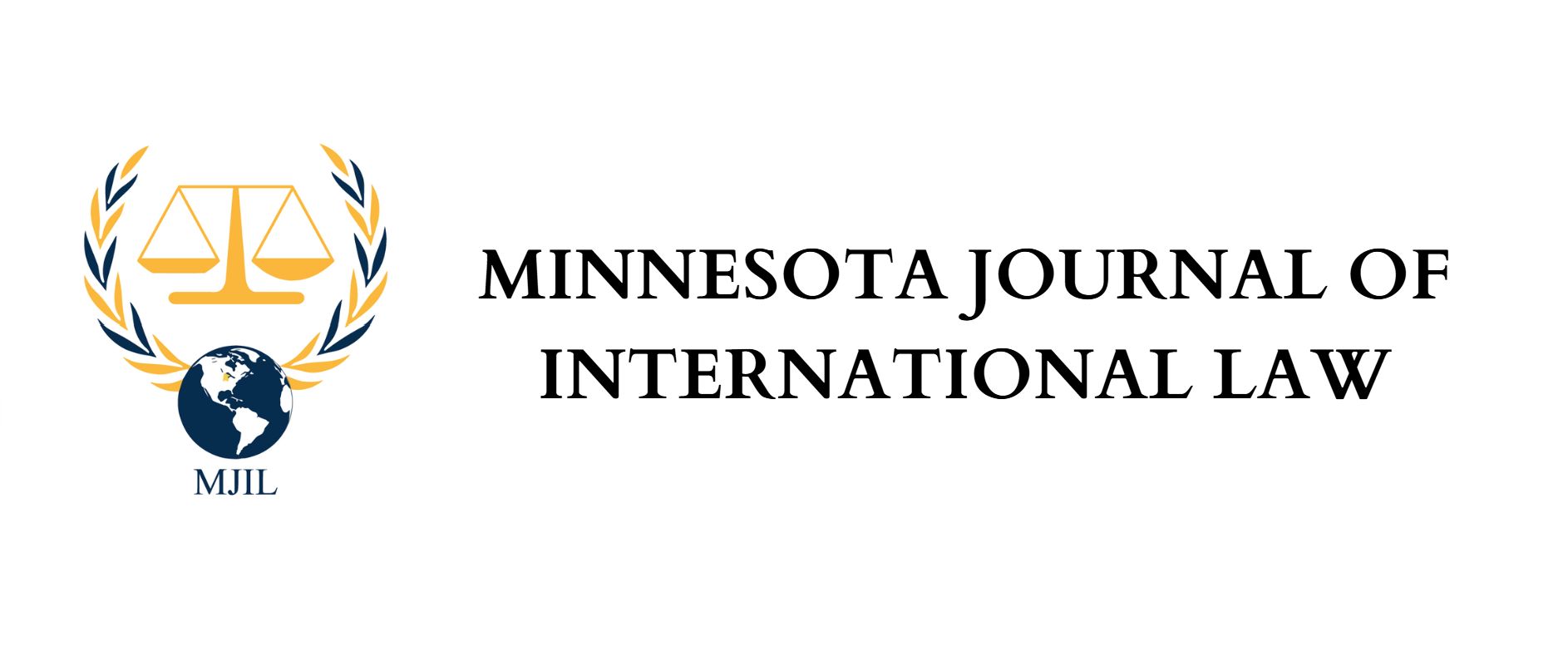Harrison LeFrois
After widespread coverage of the 27th United Nations’ (“UN”) Climate Conference of the Parties (“COP27”) held in Sharm el-Sheikh, Egypt in November, 2022,[1] there is more hopeful environmental news to share. The 15th UN Biodiversity Conference (“COP15”) was held in Montreal, Canada from December 7 through December 19, 2022.[2] The Biodiversity Conferences were established as an outgrowth of the Convention on Biological Diversity (“CBD”)—a 1992 UN agreement with objectives including “the conservation of biological diversity, the sustainable use of its components and the fair and equitable sharing of the benefits arising out of the utilization of genetic resources.”[3] The governing body of the CBD is called the Conference of the Parties (“COP”), which establishes priorities, develops plans to meet those goals, and evaluates the group’s progress in implementation at its regular meeting every two years.[4] As the world becomes increasingly concerned with caring for our environment, the COP can have a tremendous impact on policy going forward. Whether the world’s nations will keep up with their commitments, however, is a looming question.
The landmark agreement reached at this year’s Biodiversity Conference is called the Global Biodiversity Framework (“GBF”). The intent is to halt the biodiversity crisis through twenty-three strategic targets including a commitment to protect 30% of land and oceans by 2030, called the 30×30 target.[5] Some of the other issues discussed were infrastructure, agriculture, invasive species, pesticides, and financing the preservation of biodiversity.[6] This last point was of critical importance because current financial support reaches only $154 billion per year, far less than the estimated $700 billion per year needed to stop the decimation of animal and plant species.[7] A shortfall of more than $500 billion per year increases the likelihood that almost 40% of species will face extinction by 2100.[8]
The success of the GBF depends on a variety of factors, particularly on how the agreement is enacted. Marco Lambertini, the director general of the World Wide Fund for Nature Inc. (“WWF”) International, cautions that the agreement could “be undermined by slow implementation and failure to mobilize the promised resources.”[9] A slow implementation would be especially troublesome. The international community has just eight short years to reach the 30×30 goal starting from a total of 17% of land and 10% of oceans being protected.[10]
Even if the GBF is implemented well, however, it has a few important criticisms and obstacles to achieve its well-intended aim. The agreement lacks quantifiable pledges surrounding production and consumption,[11] relying instead on vague language promising to “reduce the global footprint of consumption ‘in an equitable manner’ and [to] ‘significantly reduce overconsumption.’”[12] Although it addresses many major concerns surrounding biodiversity, the agreement also critically omits qualifying language that would keep harmful activities out of protected regions.[13] Combined with the fact that the agreement is not legally binding[14] and has no mechanism to review a country’s implementation of the agreement,[15] one could reasonably question how a non-compliant country could be held accountable. The lack of accountability makes the GBF seem more like lip service rather than a meaningful commitment.
The next meeting, COP16, will take place in 2024 and will provide the first opportunity to evaluate how the COP15 agreement has unfolded. According to Lin Li, senior director of global policy and advocacy at WWF International, the hope is that the GBF “gives nature a fighting chance at recovery in a world currently divided by geopolitics and inequality.”[16] The more than 190 signatory countries certainly have their work cut out for them to prove Lin Li right in the coming years.
[1] Fiona Harvey, What Is Cop27 and Why Does It Matter?, Guardian (Nov. 7, 2022), https://www.theguardian.com/environment/2022/nov/07/what-is-cop27-and-why-does-it-matter.
[2] COP15: Your Guide to the 2022 UN Biodiversity Conference, Nature Conservancy (Dec. 19, 2022), https://www.nature.org/en-us/what-we-do/our-priorities/protect-water-and-land/land-and-water-stories/biodiversity-global-conference/.
[3] Convention on Biological Diversity, art. 1, Jun. 5, 1992, 31 I.L.M. 818.
[4] Convention on Biological Diversity, United Nations, https://www.un.org/en/observances/biological-diversity-day/convention (last visited Dec. 22, 2022).
[5] Laura Paddison, More Than 190 Countries Sign Landmark Agreement to Halt the Biodiversity Crisis, CNN (Dec. 19, 2022), https://www.cnn.com/2022/12/19/world/cop15-biodiversity-agreement-montreal-climate-scn-intl/index.html.
[6] COP15: Your Guide to the 2022 UN Biodiversity Conference, supra note 2.
[7] Catherine Early, COP15: ‘Historic’ Biodiversity Deal Has Loopholes, Ecologist (Dec. 19, 2022), https://theecologist.org/2022/dec/19/cop15-historic-biodiversity-deal-has-loopholes.
[8] What is the Biodiversity Crisis?, Earthjustice (Apr. 4, 2022), https://earthjustice.org/features/biodiversity-crisis.
[9] Paddison, supra note 5.
[10] Id.
[11] Id.
[12] Early, supra note 7.
[13] Id.
[14] Paddison, supra note 5.
[15] Early, supra note 7.
[16] Paddison, supra note 5.
